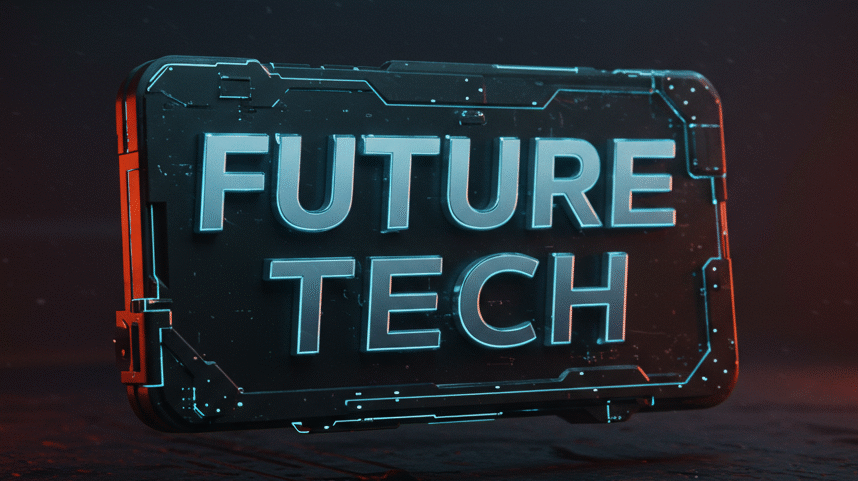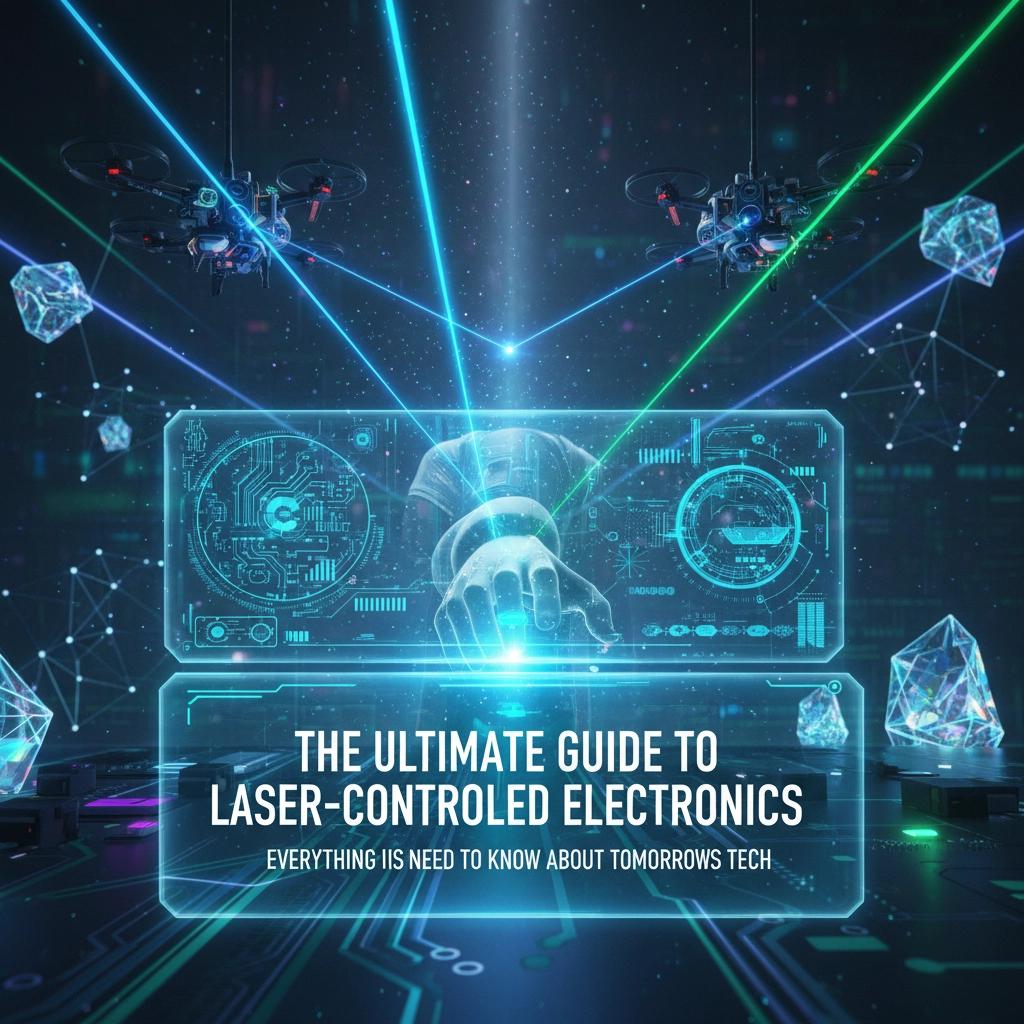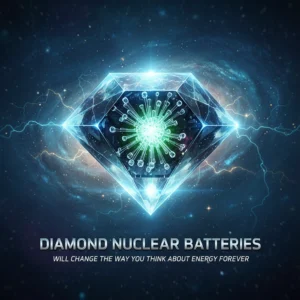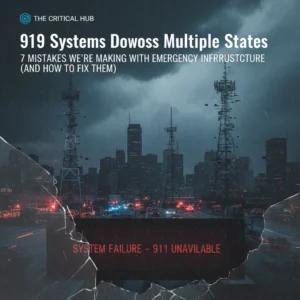Ever wondered how your smartphone reads QR codes in milliseconds, or how factories cut metal with surgical precision? The answer lies in laser-controlled electronics – a technology that's quietly revolutionizing everything from your Netflix stream to the car you drive.
Here's something that'll blow your mind: every time you scan a barcode at the grocery store, you're witnessing laser-controlled electronics in action. That red beam isn't just light – it's a precisely controlled system that reads data faster than you can blink.
What Are Laser-Controlled Electronics?
Let's break this down without the tech jargon. LASER stands for Light Amplification by Stimulated Emission of Radiation – basically, it's a way to create super-focused light that can do incredible things.
Think of regular light bulbs. They spray light everywhere like a garden sprinkler. Lasers? They're like a fire hose – all that energy focused into one powerful beam. This focused power lets engineers control electronic systems with mind-blowing precision.
The magic happens when laser light interacts with electronic components. Unlike the scattered light from your desk lamp, laser light has three superpowers:
- Coherent light: All the light waves march in perfect sync
- Monochromatic: Pure single-color beams (no messy color mixing)
- Directional: Stays narrow and hits exactly where you want

This combination makes lasers perfect for controlling electronics because they can carry information, trigger responses, and make measurements with incredible accuracy.
How Laser Technology Powers Modern Electronics
At the heart of most laser-controlled systems sits something called a diode laser. These tiny powerhouses are like the LEDs in your Christmas lights, but way more sophisticated.
Here's how they work: imagine a semiconductor junction (think of it as an electronic sandwich). When you apply voltage, electrons get excited and jump to higher energy levels. When they fall back down, they release photons – particles of light. But here's the cool part: in a laser diode, this process creates a cascade effect where one photon triggers another, and another, creating that intense, focused beam.
Modern laser diodes use materials like gallium arsenide or gallium nitride. These aren't just fancy chemistry terms – they're the building blocks that determine what color laser you get and how powerful it can be.
The real breakthrough came with something called double-hetero-structure implementation. I know, it sounds complicated, but think of it as a better mousetrap. Engineers figured out how to trap both electrons and photons in the same tiny space, making the whole system way more efficient.

My friend Jake works at a fiber optic company, and he told me something fascinating: the laser diodes in modern internet infrastructure are so precise they can send data across continents with less signal loss than your TV remote across the living room. That's the power of controlled laser technology.
Real-World Applications You Use Every Day
You probably interact with laser-controlled electronics dozens of times daily without realizing it. Let's look at some examples that might surprise you:
Your Internet Connection: Those fiber optic cables delivering your WiFi? They use laser diodes to convert electrical signals into light pulses that travel at nearly the speed of light. Every cat video you stream travels through laser-controlled systems.
Data Storage: Remember DVDs? Those were just the beginning. Modern data centers use laser-controlled systems for reading and writing massive amounts of information. Cloud storage isn't magic – it's lasers.
Manufacturing: Ever wonder how car parts fit together so perfectly? Laser cutting machines use CAD/CAM software to translate digital designs into physical reality. The laser melts or vaporizes material while gases blow away debris, creating cuts more precise than any human could achieve.
Medical Devices: From laser eye surgery to precise tumor removal, medical lasers can target areas smaller than a human hair while leaving surrounding tissue untouched.
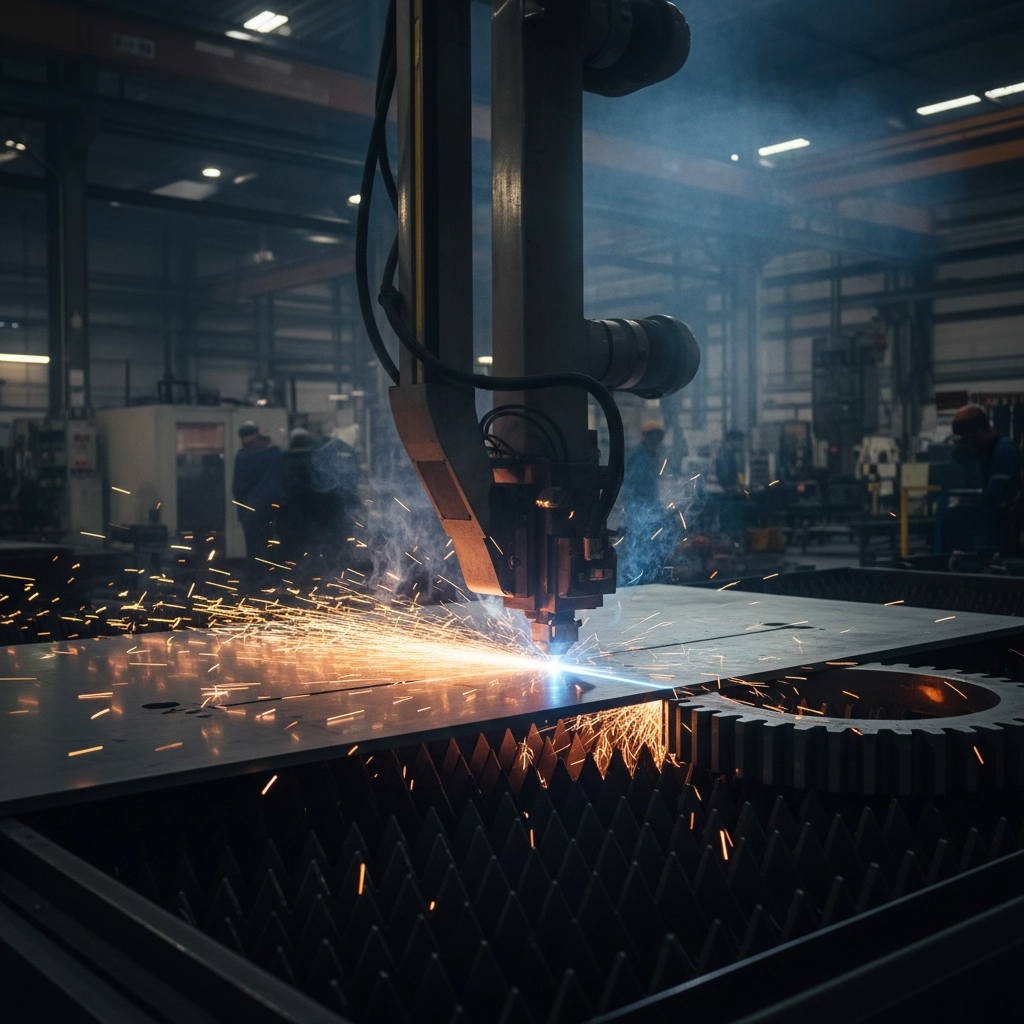
Everyday Scanning: Barcode scanners, QR code readers, even some security systems rely on laser-controlled electronics to function. That grocery checkout process happens in milliseconds thanks to laser precision.
The manufacturing applications are particularly impressive in 2025. Modern laser cutting systems don't just cut – they think. Real-time monitoring and adjustment means these machines can maintain quality throughout entire production runs. They can spot defects, adjust power levels, and even predict when maintenance is needed.
The Future is Here: 2025's Breakthrough Tech
If you think current laser technology is impressive, wait until you see what's happening right now. The integration of artificial intelligence with laser systems is creating capabilities that seemed like science fiction just a few years ago.
Here's what's actually happening in factories and labs today:
- Ultra-fast fiber lasers that can cut through materials previously considered "impossible" to process
- Smart diagnostic systems that predict equipment failures before they happen
- Multi-functional platforms that can cut, mark, engrave, and weld using the same laser system
- Real-time data analytics that optimize performance automatically
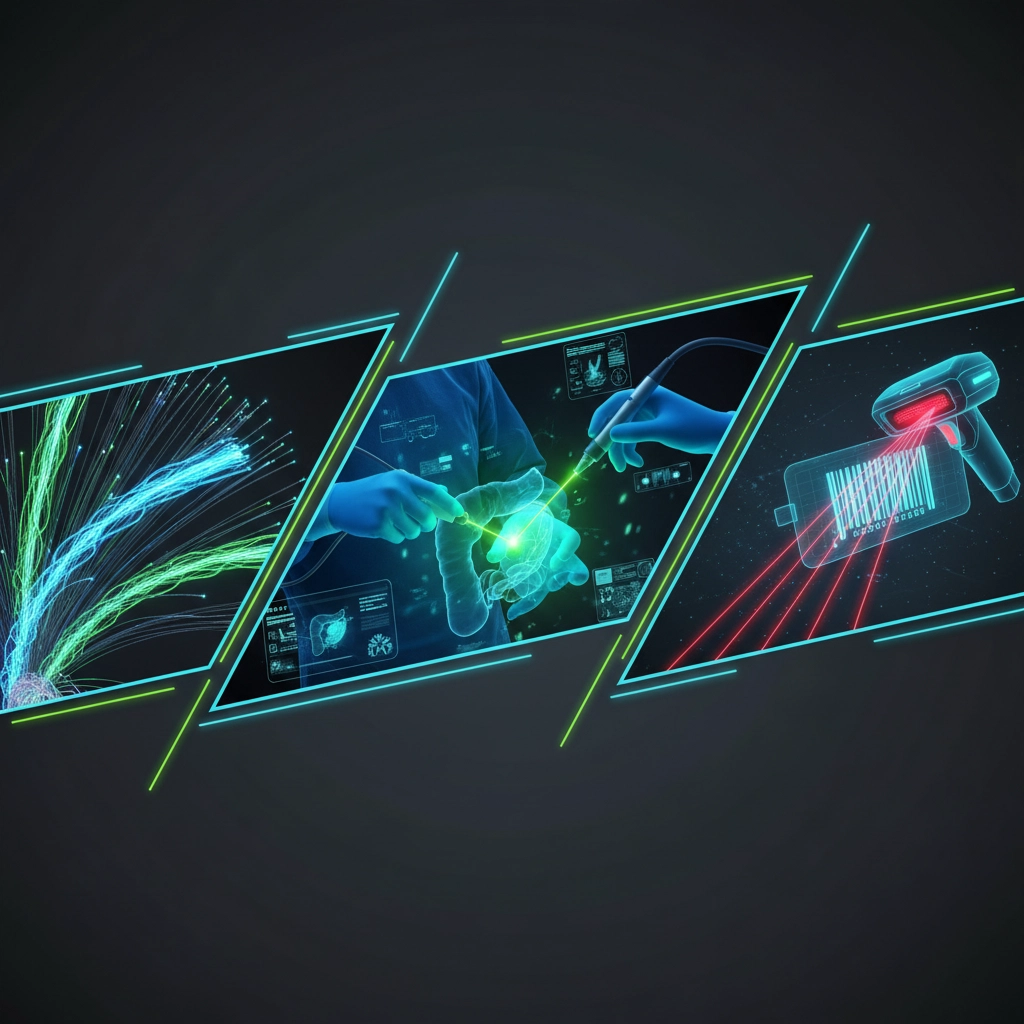
The automation aspect is particularly mind-blowing. Modern laser systems can take a CAD file, automatically configure all settings, perform quality checks during operation, and even schedule their own maintenance. We're talking about machines that essentially run themselves.
But here's where it gets really interesting: quantum well technology in newer laser diodes is pushing efficiency to levels that were theoretically impossible just a decade ago. These systems provide lower threshold current and higher efficiency, meaning more power with less energy waste.
The telecommunications industry is seeing massive changes too. Ultra-high-speed data transmission through advanced laser-controlled fiber optic systems is enabling everything from 8K streaming to real-time global collaboration tools.
One area that's exploding is optical computing – using laser light instead of electrical signals for processing information. Early experiments show this could make computers thousands of times faster while using less energy.
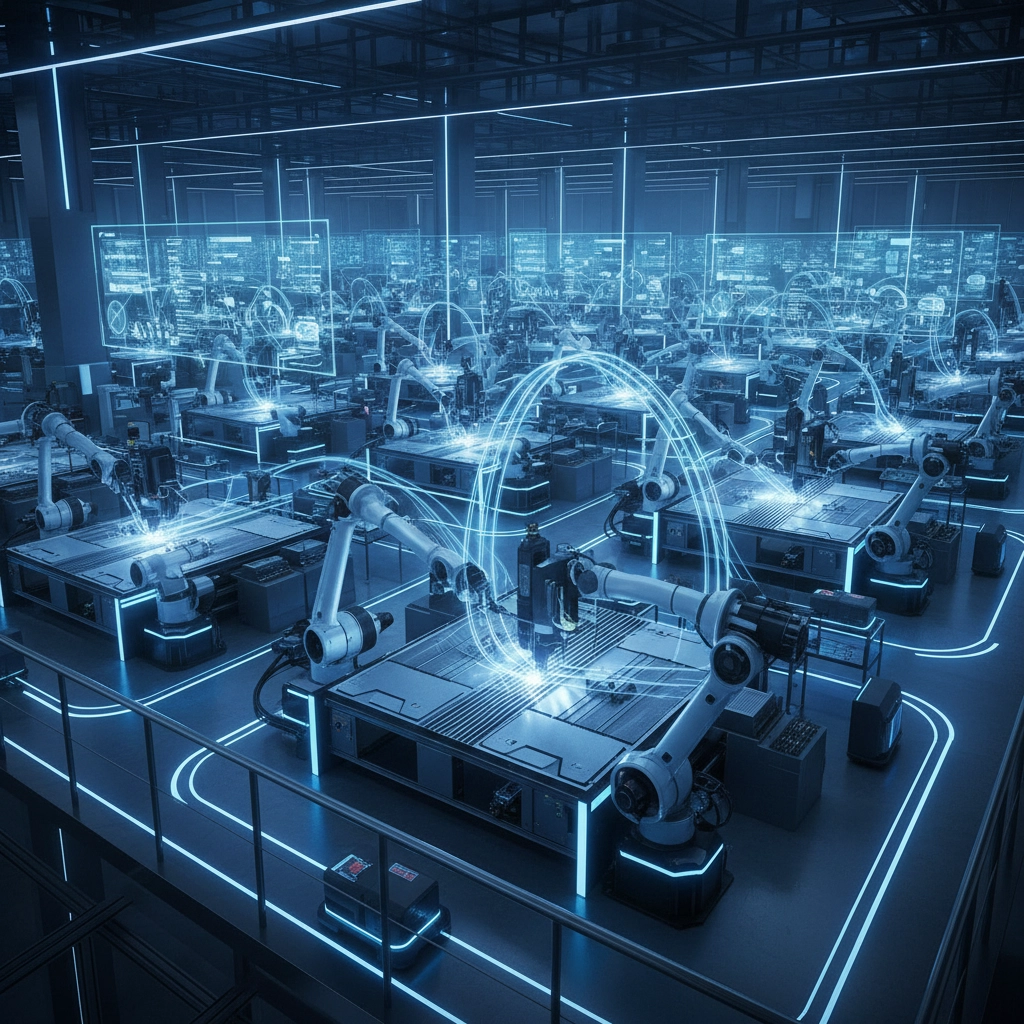
Looking Ahead
The convergence of laser technology with artificial intelligence, quantum computing, and advanced materials science is creating possibilities we're only beginning to understand. From self-driving cars that use laser sensing to smart cities with laser-based communication networks, we're living through a technological revolution.
The precision achievable through modern laser-controlled electronics stems from fundamental physics – that stimulated emission process where photons interact with excited electrons in perfect synchronization. This isn't just cool science; it's the foundation for technologies that will reshape how we work, communicate, and live.
As we move forward, the line between science fiction and reality continues to blur. Laser-controlled electronics aren't just tomorrow's technology – they're here today, working behind the scenes to make our digital world possible.
What laser-controlled technology do you think will have the biggest impact on your daily life in the next five years?
